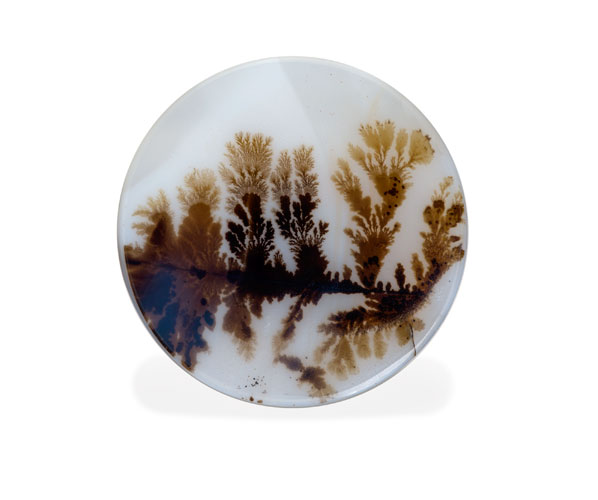
ONYX

HISTORY
Onyx, a member of the chalcedony family, takes its name from the Greek word “onux,” meaning “fingernail.” According to Roman mythology, Cupid clipped the fingernails of the goddess Venus while she slept. To immortalize every part of her body, the fates transformed the clippings to stone.
In ancient times, nearly all colors of chalcedony, from white to black, were referred to as onyx. In more recent history, the Romans narrowed the term to refer exclusively to black and dark brown hues.


ORIGINS
Onyx has undergone enhancements for over 2000 years. The ancient Roman historian Pliny gives an account of a darkening technique still in use today: first, the onyx is soaked in sugar water, then placed in strong acid to boil. After boiling for two hours, the acid eats away the sugar and water, leaving pure black carbon. Today, applying cobalt dye is also another accepted color enhancement.

CARE
Durable and easy to care for, onyx has a hardness of 7. For safe cleaning, use a solution of warm water and mild dish soap, scrubbing with a soft brush to remove dirt and dust. As with all fine jewelry, onyx should be removed before sleeping.

